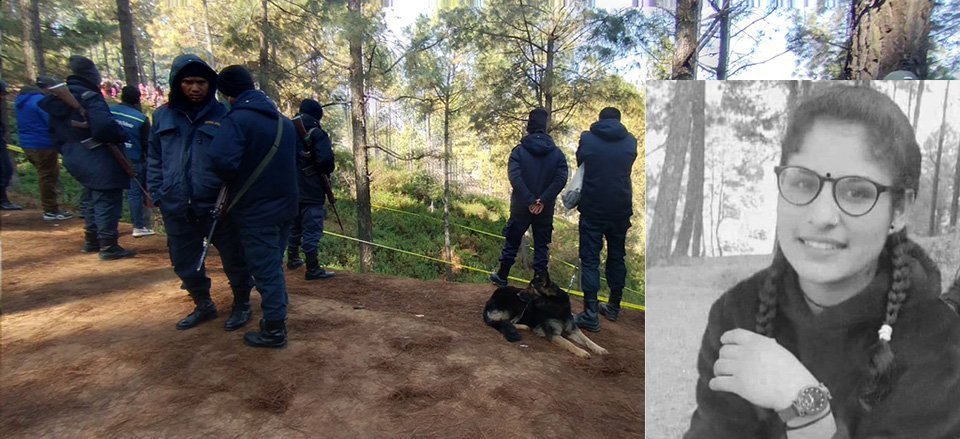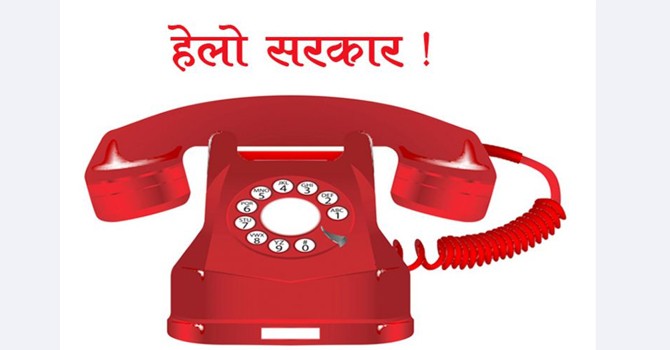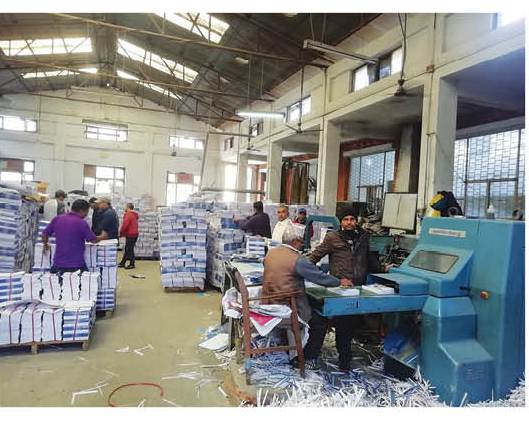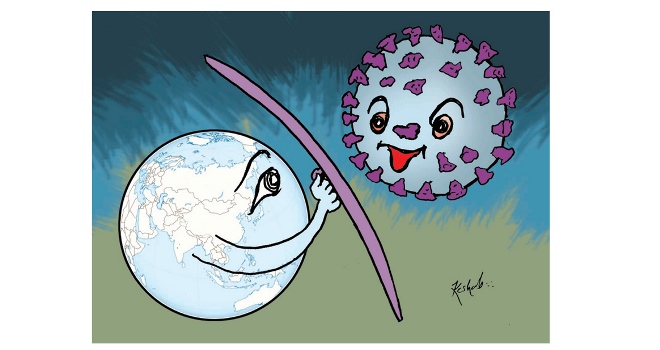Why haven’t rape cases gone down?

By Manjima Dhakal
Kathmandu, Feb. 17: Even though incidents of rape have spurred outrage from far and wide, and the government too has taken a tougher stance against the heinous crime, the cases just do not seem to go down.
In the last five years, 11,000 cases of rape have been registered and alarmingly, over 5,000 of the victims are girls. According to the Nepal Police, from Nirmala Panta’s case to Bhagarathi’s case, 3,347 girls were raped, out of which 17 were killed to conceal the crime.
It is only after the brutal rape and killing of Nirmala Pant, the society began to express rage against rape in an organised manner. However, many of the perpetrators of the crime are yet to be brought to justice, nor has the horrific series of rapes fizzled.
Over 10 days have passed since Bhagrathi Bhatta was found dead. However, no significant evidence relating to Bhagrati’s murder has been ascertained yet.
In the last Fiscal Year (FY) 076/77, a total of 2,831 rape cases were registered across the nation. Of them, 1,393 (49 per cent) victims were minors, including 273 girls aged below 10 years. Similarly, in FY 075/76, 2,753 incidents of rape were registered, of which 1,232 were minors.
According to Nepal Police’s data, in more than 50 per cent of rape cases, the perpetrators were either relatives or acquaintances of the victims.
Sarita Tiwari, a social analyst, said, “Series of rape cases cannot be stopped until the victims of sexual assault are prevented from seeking legal action in the name of local ‘settlement’ and ‘reconciliation’.” She added that local representatives and even elected politicians were found to be involved in such crimes.
Rape and sexual assaults are serious criminal offenses in Nepal, with convicts facing imprisonment from seven to 20 years. Despite stringent laws against rape, the number of cases is on the rise.
“Weak investigations, attempts by officials to protect the perpetrators, politicisation of rape cases and uncertainty in delivering justice, have collectively worsened the problem,” said Mohna Ansari, former commissioner of the National Human Rights Commission.
Ansari further said that existing legal instruments were enough to punish the perpetrators, if the authorities took the rape cases seriously and delivered justice impartially.
Gopal Dhakal, a social psychologist, said that patriarchal
society, feelings of revenge, and week implementation of laws were the reasons behind the increasing cases of violence against women, including rape.
Dhakal said, “Strong implementation of laws, social boycott of the culprits, generating awareness in societies and families and promoting issues relating to women empowerment in curriculum could reduce the cases of violence against women.” Dhakal further said that every family must teach their sons to respect girls.
Similarly, Ganesh Prasad Bhattarai, spokesperson for the Curriculum Development Centre, said, “Although the CDC has included issues of women empowerment to generate awareness against various types of discrimination, including acid attack in the courses from grade four to 12, the cases of violence have not diminished.”
Thus, all stakeholders must be serious in effective implementation of laws as well as the curriculum, he added.
Recent News

Do not make expressions casting dout on election: EC
14 Apr, 2022
CM Bhatta says may New Year 2079 BS inspire positive thinking
14 Apr, 2022
Three new cases, 44 recoveries in 24 hours
14 Apr, 2022
689 climbers of 84 teams so far acquire permits for climbing various peaks this spring season
14 Apr, 2022
How the rising cost of living crisis is impacting Nepal
14 Apr, 2022
US military confirms an interstellar meteor collided with Earth
14 Apr, 2022
Valneva Covid vaccine approved for use in UK
14 Apr, 2022
Chair Prachanda highlights need of unity among Maoist, Communist forces
14 Apr, 2022
Ranbir Kapoor and Alia Bhatt: Bollywood toasts star couple on wedding
14 Apr, 2022
President Bhandari confers decorations (Photo Feature)
14 Apr, 2022









